
In a Nova Scotia research lab, the last hope for an ancient fish species
Racing against time, dwindling habitat and warming waters, scientists are trying to give this little-known...
A globally endangered rainforest with cedar trees more than 1,000 years old will be permanently protected in a new conservancy in southeast B.C.
The 58,000-hectare conservancy in the Incomappleux Valley was announced Wednesday by Premier David Eby, who called the valley’s rare inland temperate rainforest “one of B.C.’s greatest treasures.”
“It’s home to old-growth cedars and hemlock trees that are four metres in diameter,” Eby said at a press conference. “Over 250 species of lichen can be found in these forests, including some that are completely new to science. This is just a snapshot of the rich biodiversity of this area.”
Less than five per cent of Canada’s inland temperate rainforest remains, following decades of industrial logging and hydro-electric projects that flooded valley bottoms. Scientists have warned the rainforest will suffer ecological collapse in as few as eight years if industrial logging continues.
The rainforest, one of the most imperilled temperate rainforests on the planet, is found in moist interior B.C. valleys that stretch from the Cariboo Mountains east of Prince George to the Rocky Mountains close to the Alberta border. Only in two other places in the world — Russia’s far east and southern Siberia — does a temperate rainforest grow so far from the coast.
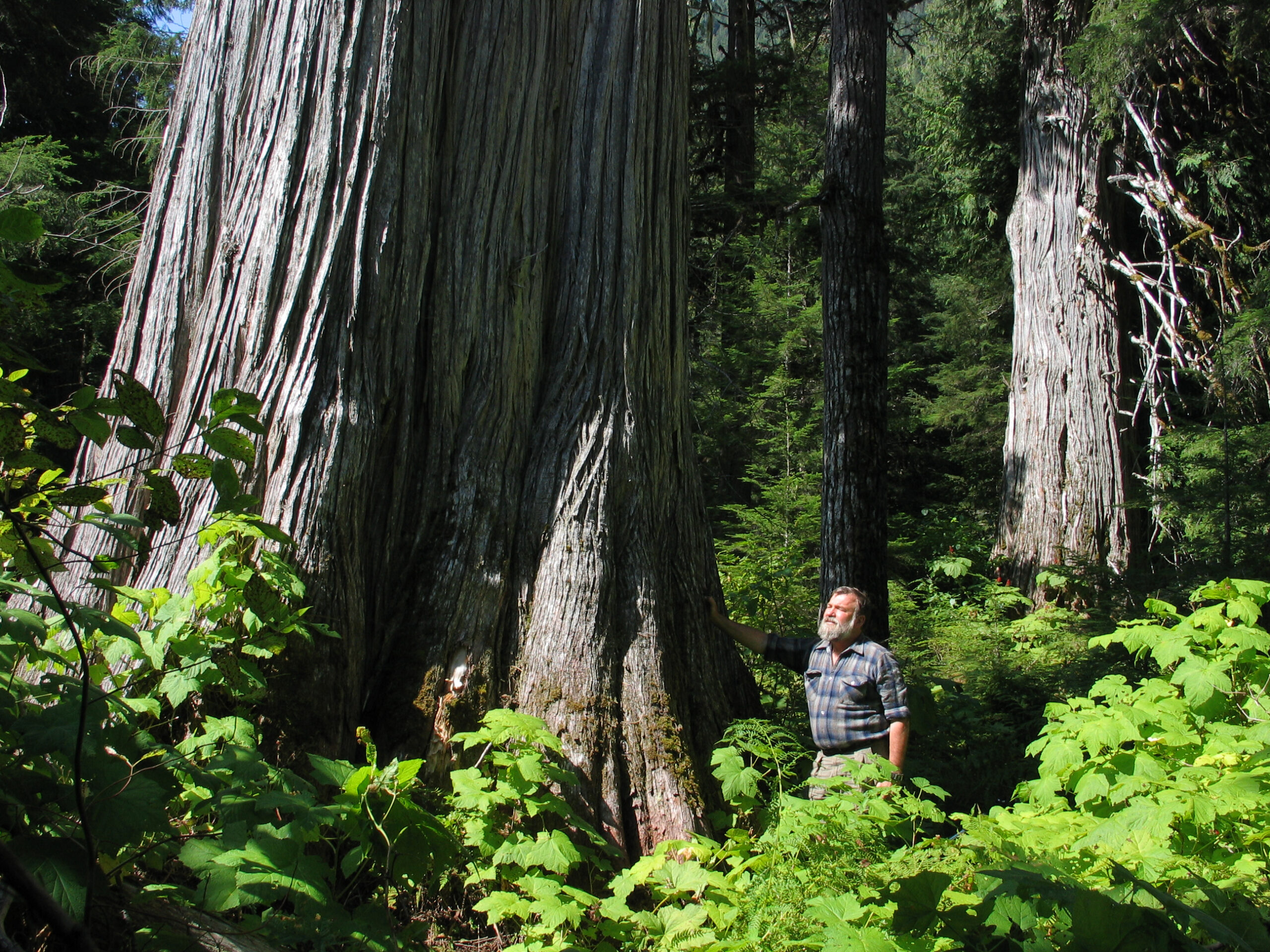
The Incomappleux Valley is part of the historic range of the highly endangered Central Selkirks deep-snow caribou herd. It provides habitat for many other at-risk species, including grizzly bear, wolverine and a plethora of lichens, which supply food for mammals, nesting materials for birds and homes for insects. Many lichen species — known for imaginative names such as cryptic paw lichen and smoker’s lung lichen — are found only in old-growth forests. The river system in the valley supports kokanee salmon and bull trout, in addition to numerous waterfowl and wetland birds.
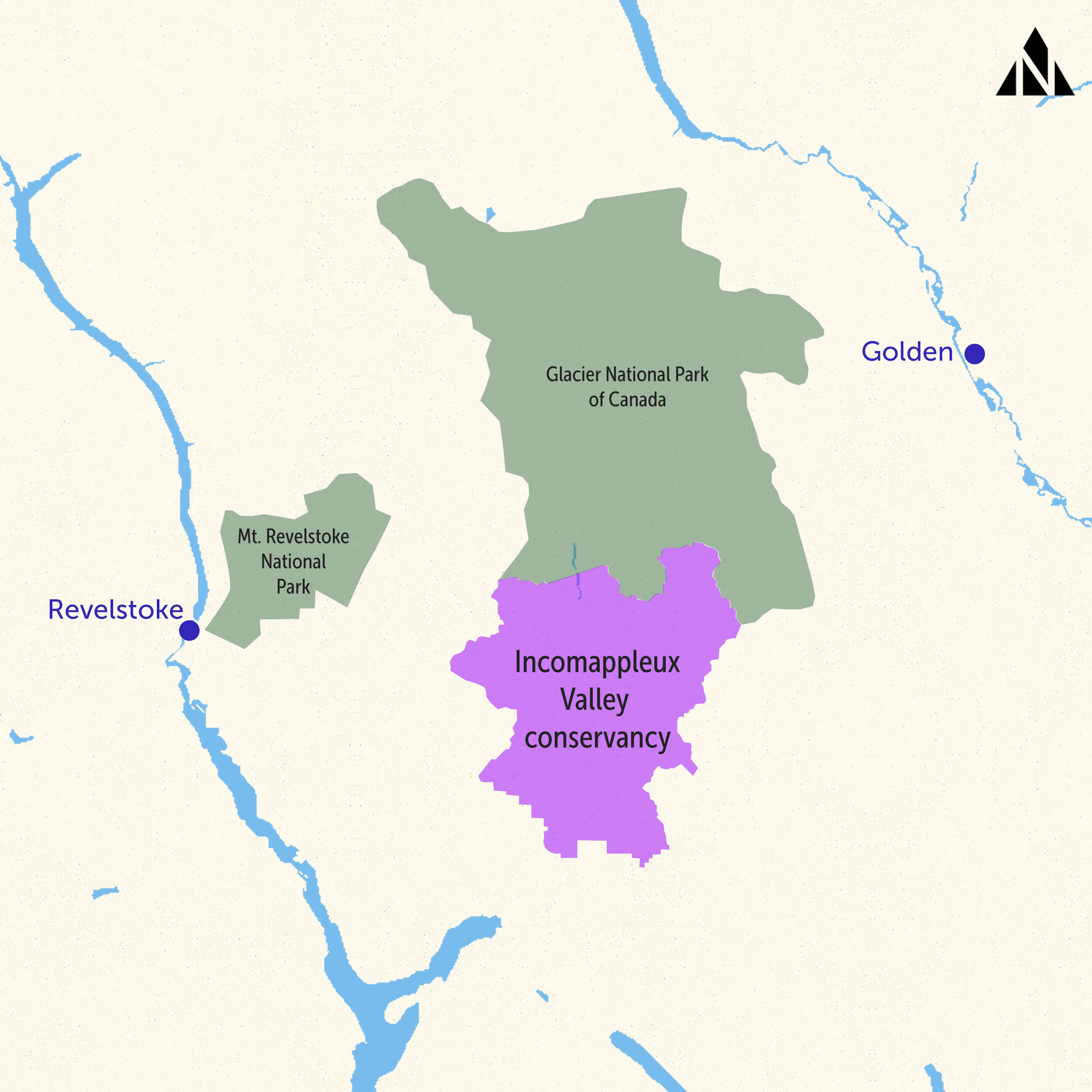
Logging, mining and large hydro-electric development will be prohibited in the conservancy, which covers the northern three-quarters of the valley — an area approximately the size of 150 Stanley Parks.
The southern one-quarter of the valley — 17,000 hectares — will receive a special designation under B.C.’s Forests Act to prevent timber harvesting but allow mineral exploration and mining, according to a letter the forests ministry sent to the Regional District of Central Kootenay, a copy of which was reviewed by The Narwhal.
In the Dec. 14 letter, Grant Neville, director of strategic initiative for the forests ministry, said logging has not occurred in the valley for more than 15 years due to an unsafe trestle bridge.
Removal of the area from the tree farm licence is expected to have no impact on the forest sector or the economy of local communities, Neville said in the letter, which also notes the southern part of the valley contains “a high number” of mineral claims.
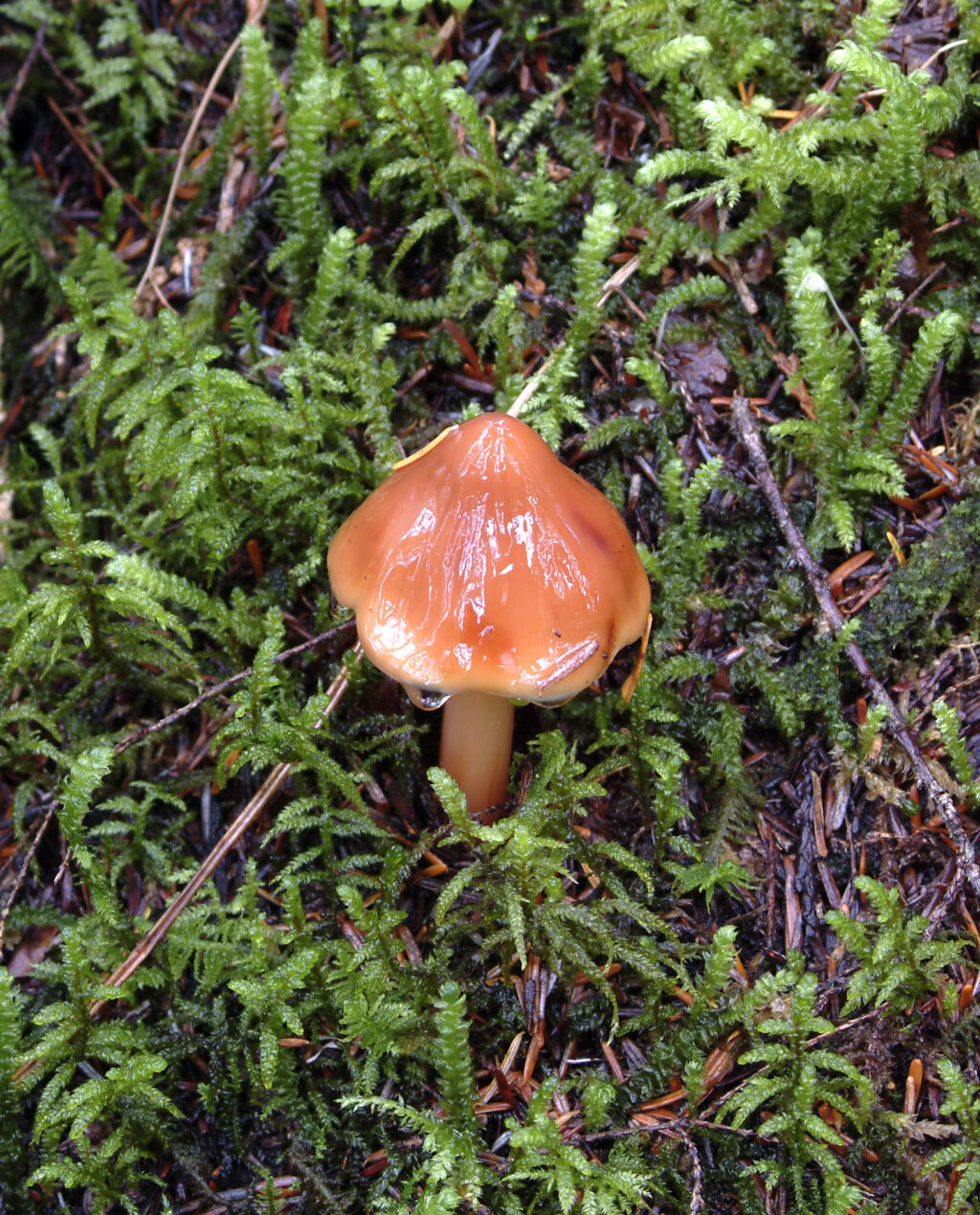
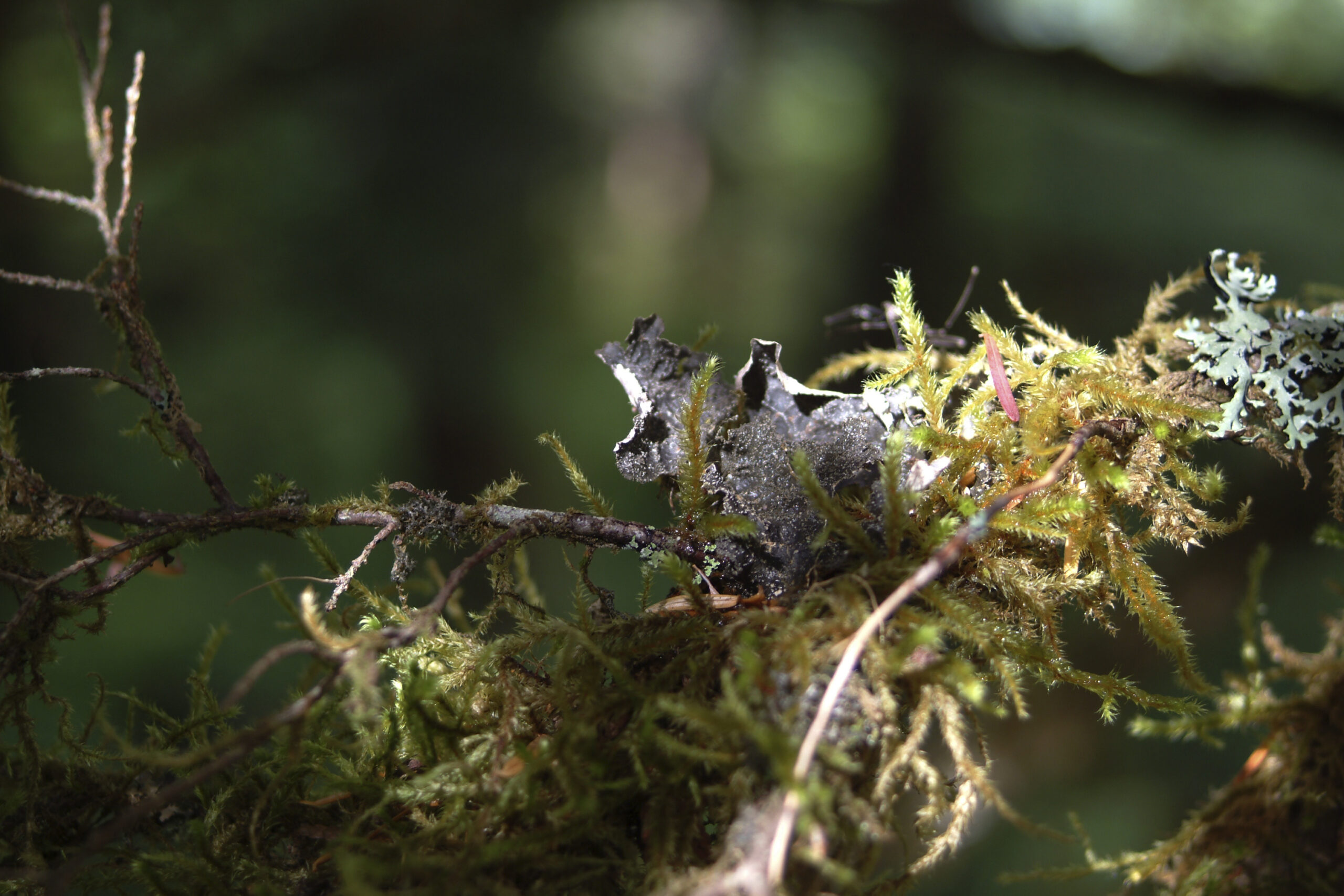
Speaking via a video connection, Chief James Tomma of Skw’lax te Secwépemcúlecw (Little Shuswap Lake Band) said the intact Incomappleux Valley provides a glimpse of what B.C. looked like prior to widespread resource extraction.
“Old-growth was just seen as a dollar value,” said the chief, who is also chair of the Pespésellkwe te Secwépemc Leadership Council. “Now people will be able to go and look and see the grandeur that the Creator put before us … I’m very excited. It’s quite an honour. And hopefully in the future we can go up and take a look at it and see exactly what our ancestors and first contact walked through and looked at.”
In a written statement, the Shuswap Band chief and council said the nation appreciates that important considerations are emerging in the forest sector “other than fibre.” “We feel that stewardship of the lands and resources is long overdue and that this transfer is a step in the right direction,” the chief and council said.
Eby said the conservancy was made possible because Interfor, one of the world’s largest forest products companies, “released” more than 75,000 hectares of its tree farm licence in the valley.
The Nature Conservancy of Canada raised $4 million for the conservancy, including to buy out Interfor’s tree farm licence in the valley for an unspecified sum. In a news release, the Nature Conservancy said funding came from Teck Resources, the Wyss Foundation, the Wilburforce Foundation, individual donors and Environment and Climate Change Canada through the Canada Nature Fund.
Eby said previous governments didn’t make protecting the Incomappleux a priority. “They believed we had to choose between growing the economy and protecting unique wild spaces like this for generations to come,” the premier said. “That’s a false choice. British Columbians know we can and must do both.”
The conservancy announcement follows a recent commitment by the B.C. government to meet national and international targets to protect 30 per cent of lands and water by 2030 to address the deepening global biodiversity crisis.
Craig Pettitt, director of the Valhalla Wilderness Society, a non-profit group that campaigned for more than 20 years to protect the Incomappleux, said the valley is unparalleled in B.C.’s interior for its antiquity, biodiversity and intactness.
Pettitt described the intact, old-growth western red cedar and western hemlock forest in the new conservancy as the “rarest of the rare,” saying some of the largest cedar trees could be almost 2,000 years old.
“This deal has greatly relieved our concern for the magnificent primeval forest of the Incomappleux,” Pettitt said in a statement that also questioned why the government did not designate the area a Class A park, the strongest protection possible in B.C.
A conservancy designation permits some types of development, including wilderness lodges accessed by helicopter. Pettitt noted there are already three wilderness lodges in or around the conservancy, and at least six overlapping helicopter tenures. “This development can kill or displace grizzly bears, mountain caribou, mountain goats and wolverines — and it has already gone too far,” he said.
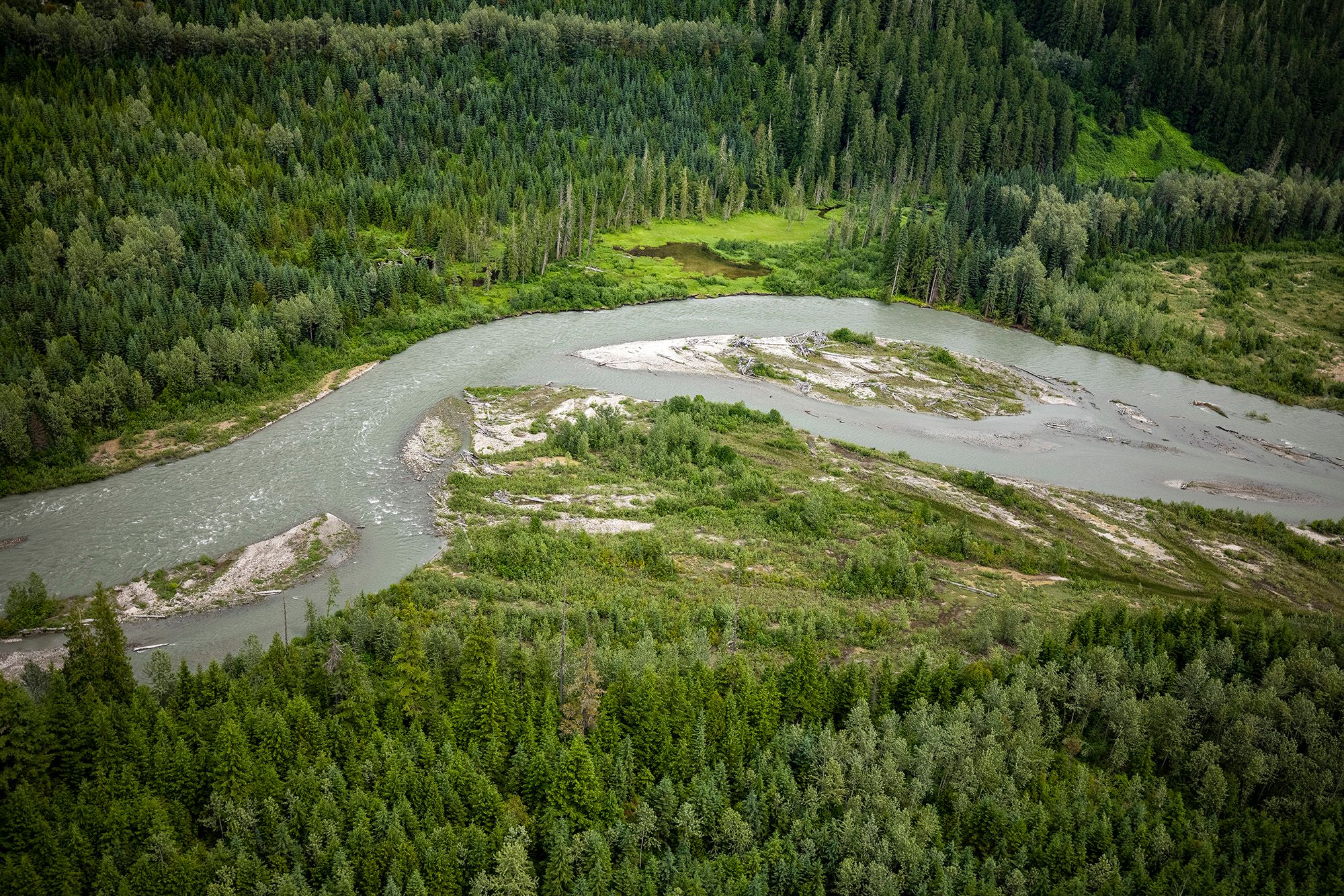
At the press conference, B.C. Finance Minister Katrine Conroy, the MLA for West Kootenay, acknowledged the work of the Valhalla Wilderness Society in securing protection for the Incomappleux rainforest.
The society has long proposed that several parks be created to safeguard the inland temperate rainforest, including a 156,000-hectare area — known as the Selkirk Mountain Caribou park proposal — that would connect Glacier National Park and two other existing parks. Glacier park adjoins the new conservancy, providing connectivity for wildlife.
In an interview, Pettitt said the new Incomappleux Conservancy is slightly larger than the valley protections included in the society’s park proposal, noting that the extra portion in the south includes clearcuts and other additions are “rocks and ice.”
He questioned the Interfor buyout, saying it sets a precedent for buying out forestry tenures in other ecologically significant areas slated for protection. “There’s something drastically wrong with this picture. Tenures were awarded to these companies by the government, and they should also be able to be removed if the circumstances warrant.”
Speaking at the news conference, Nancy Newhouse, the nature conservancy’s B.C. regional vice-president, said the conservancy was honoured to facilitate the collaboration that led to the Incomappleux agreement. “When we work together with Indigenous communities, government, industry and private citizens, we can achieve great results for nature,” Newhouse said in a statement. “Incomappleux is an exciting example of this strategy in action.”
The new conservancy will permanently protect a 40,000-hectare area in the Incomappleux that was deferred from logging in 2020, following a strategic review commissioned by the B.C. government that concluded the province’s scant remaining old-growth forests should be managed for biodiversity and not for timber values.
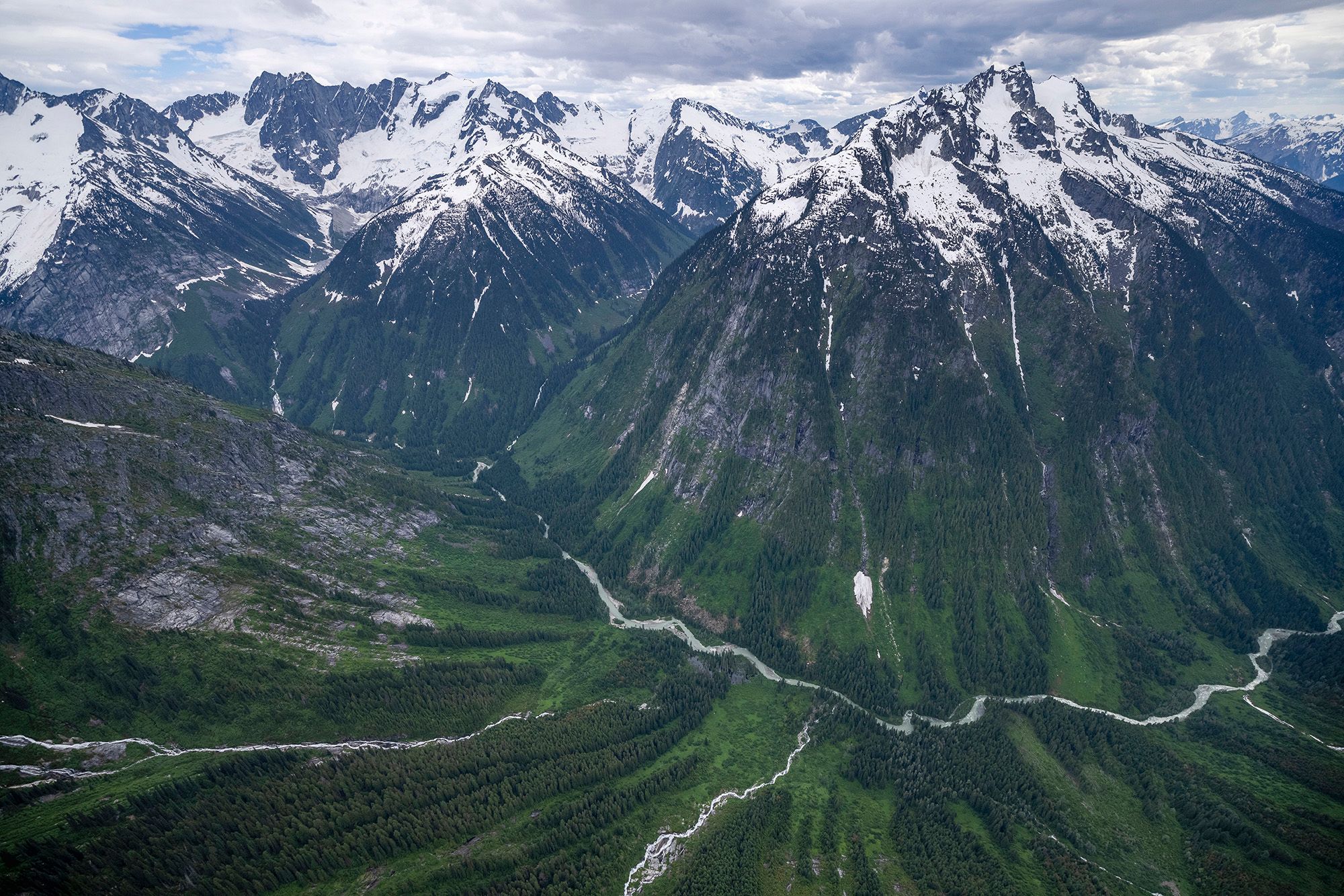
Environment Minister George Heyman called the Incomappleux conservancy “one of the most significant protected areas established in B.C. in over a decade.”
“It’s a first step, and more work will need to be done to protect these incredibly rare forests.”
Heyman said the importance of ecosystems like the inland temperate rainforest has not been fully understood or appreciated in the past.
“We thought we could simply go in and harvest without paying attention to the impacts. We all now know, including corporations, that we can’t do that,” he said. “We need to take measures before it is too late and these ecosystem values have disappeared.”
Editor’s note: The Incomappleux conservancy was supported in part by the Wilburforce Foundation, which provides grant support to The Narwhal. As per The Narwhal’s editorial independence policy, the Wilburforce Foundation did not have any editorial input in this story.
Get the inside scoop on The Narwhal’s environment and climate reporting by signing up for our free newsletter. On March 17, federal Conservative Leader Pierre Poilievre...
Continue reading
Racing against time, dwindling habitat and warming waters, scientists are trying to give this little-known...

From investigative reporting to stunning photography, we’ve been recognized with four 2024 CAJ Awards nods...

The Narwhal is expanding its reach on video platforms like YouTube and TikTok. First up?...
